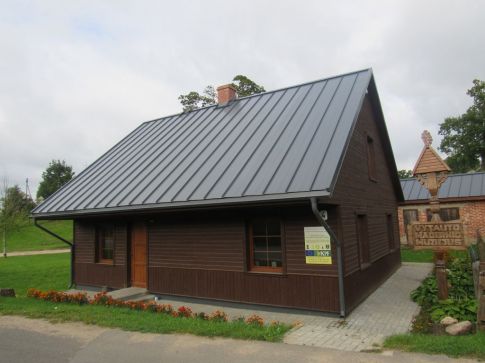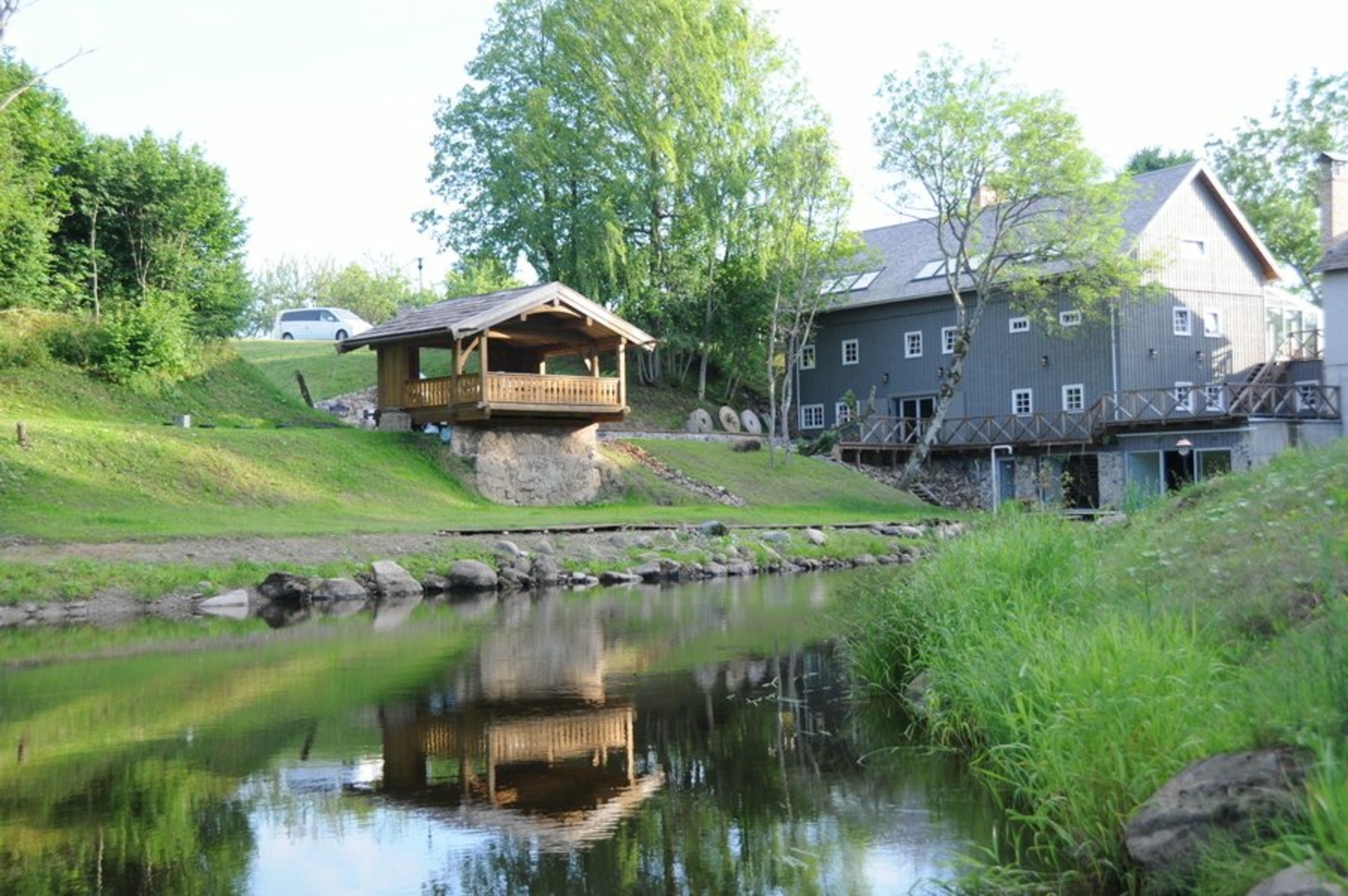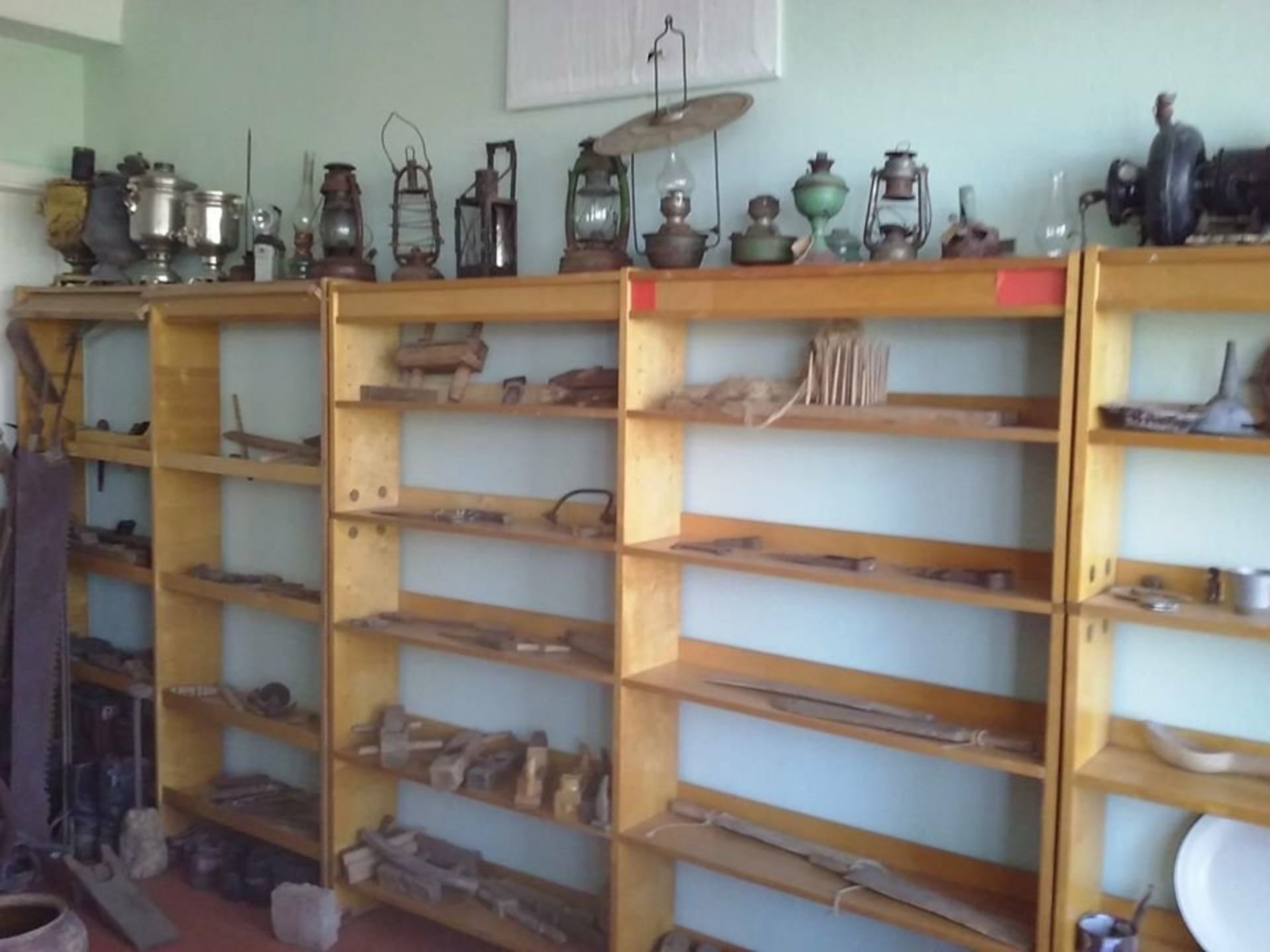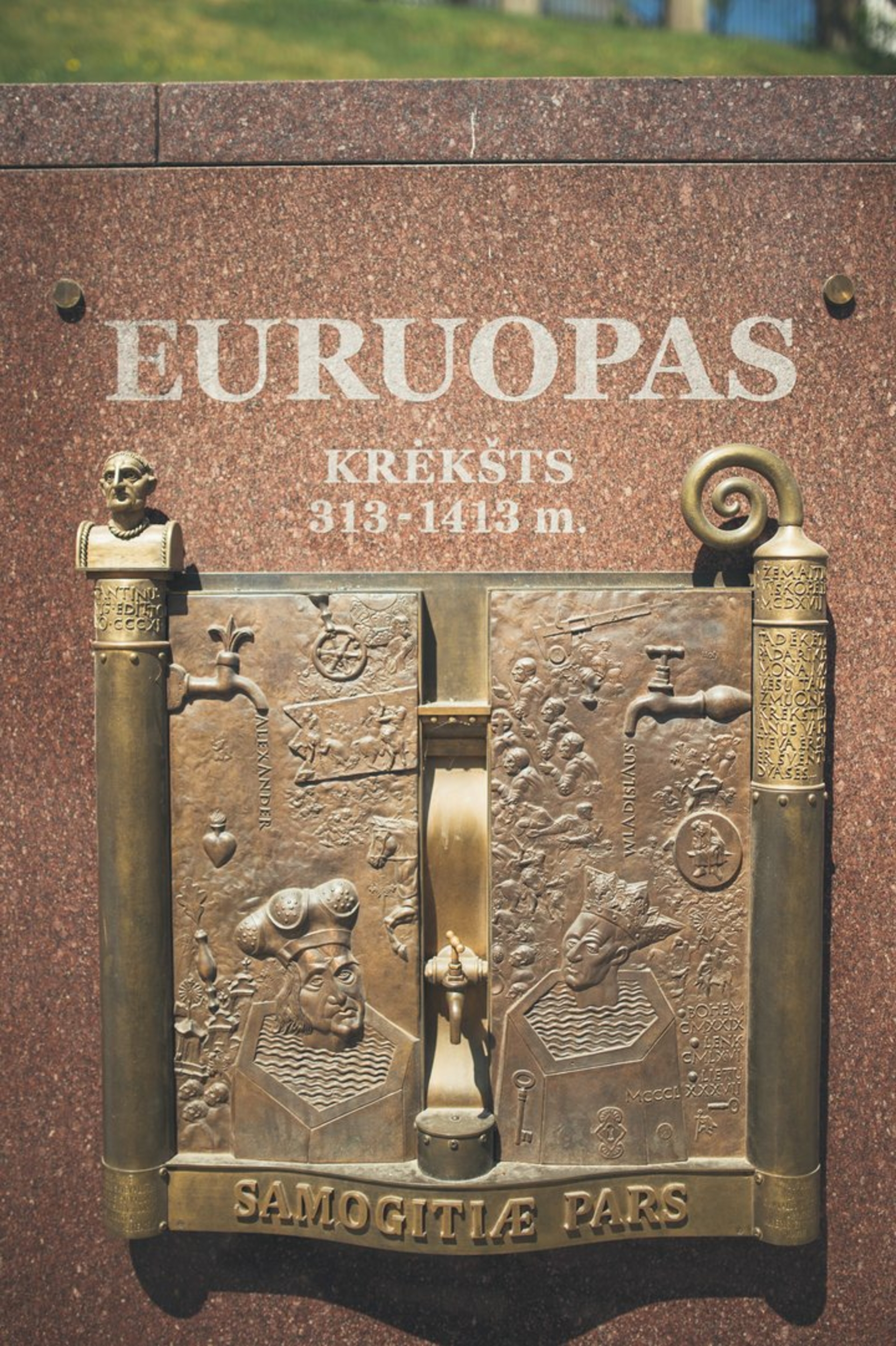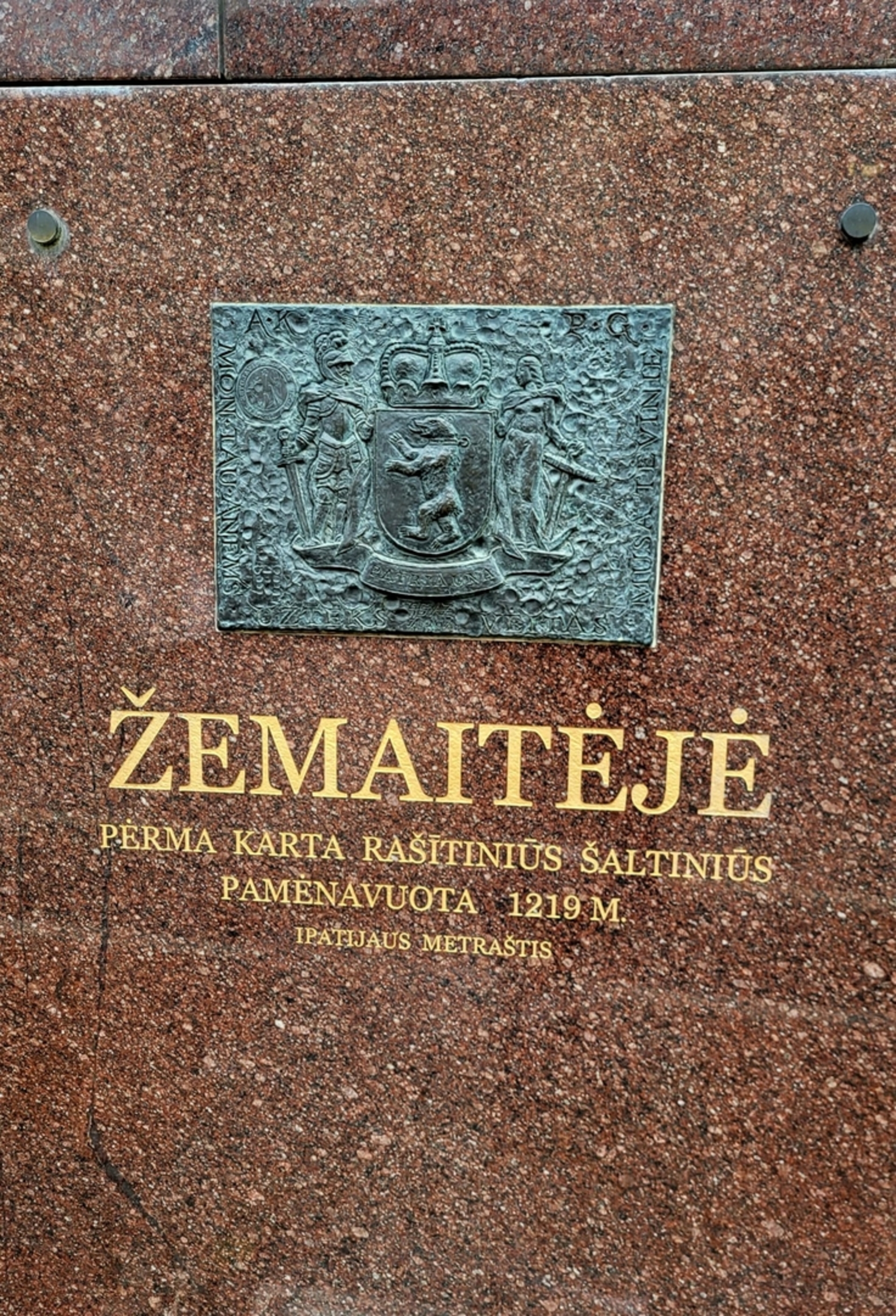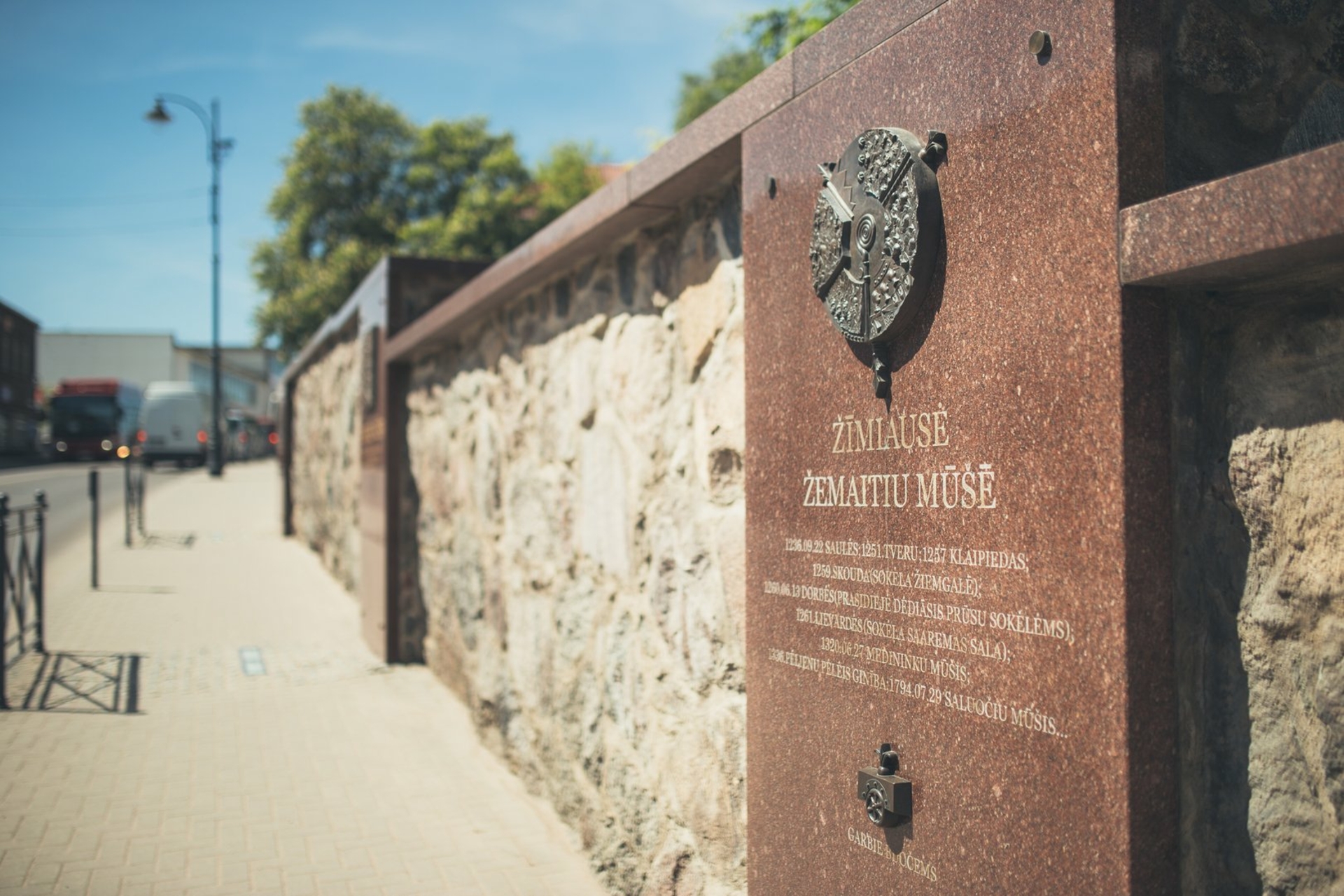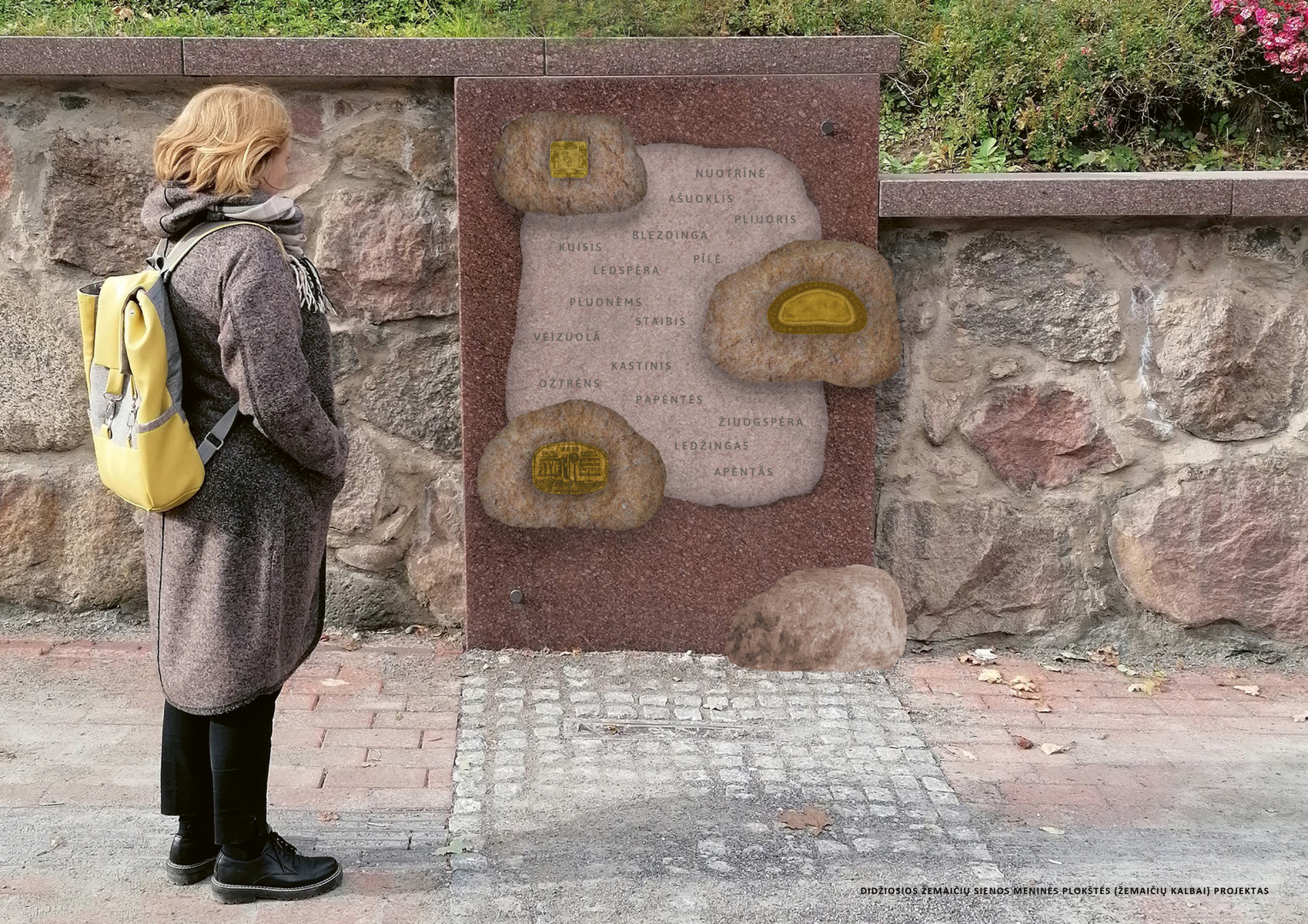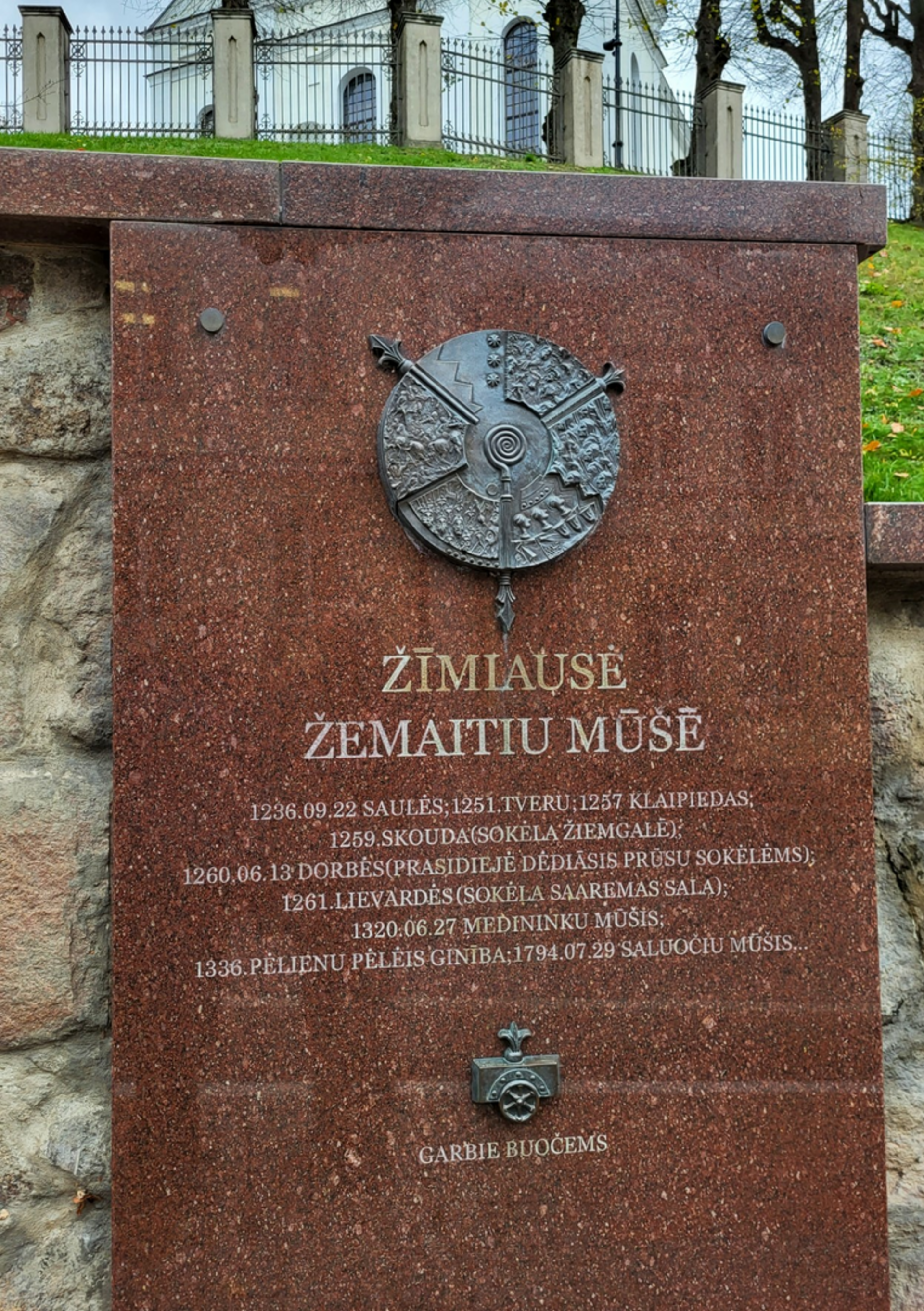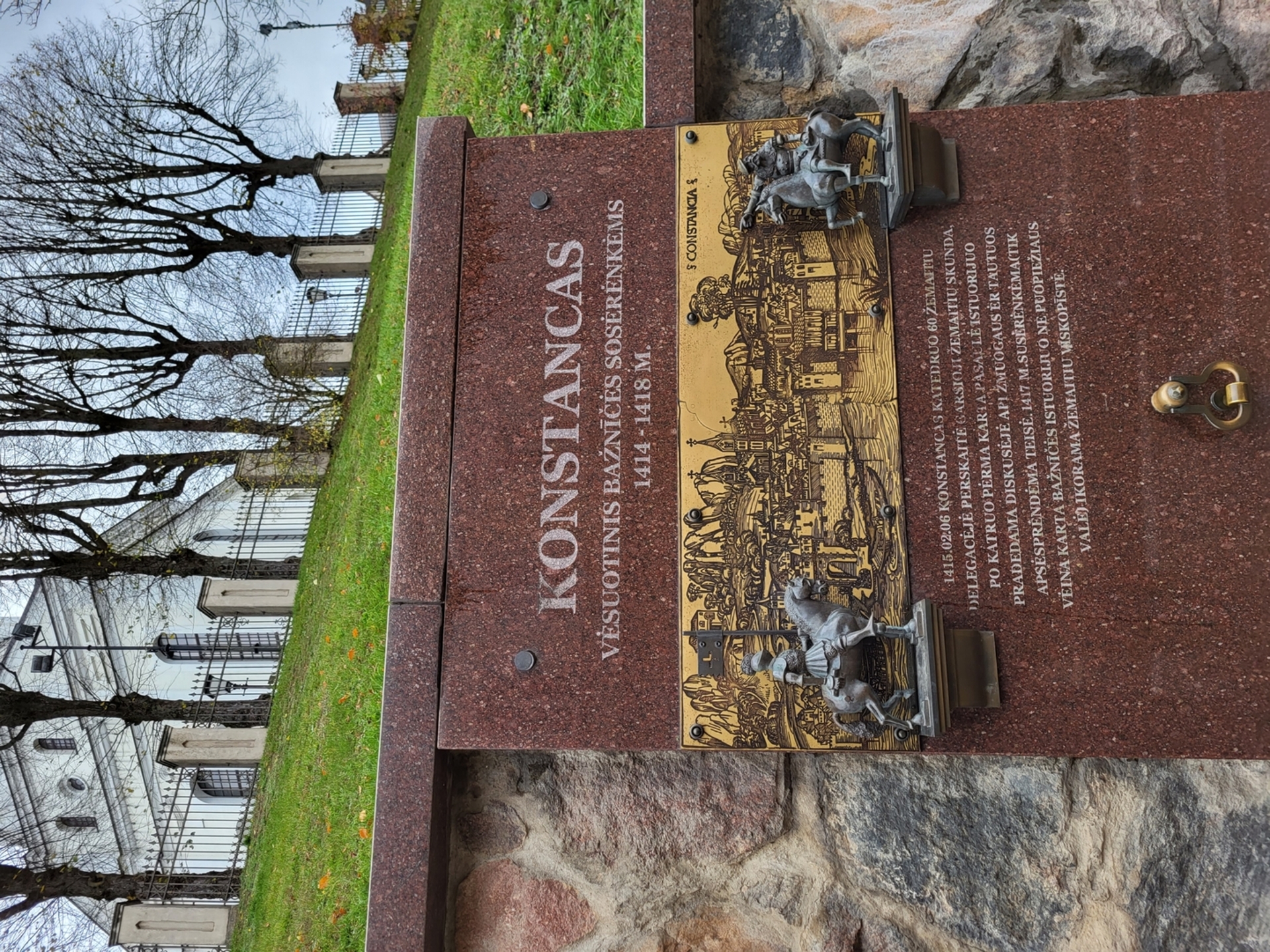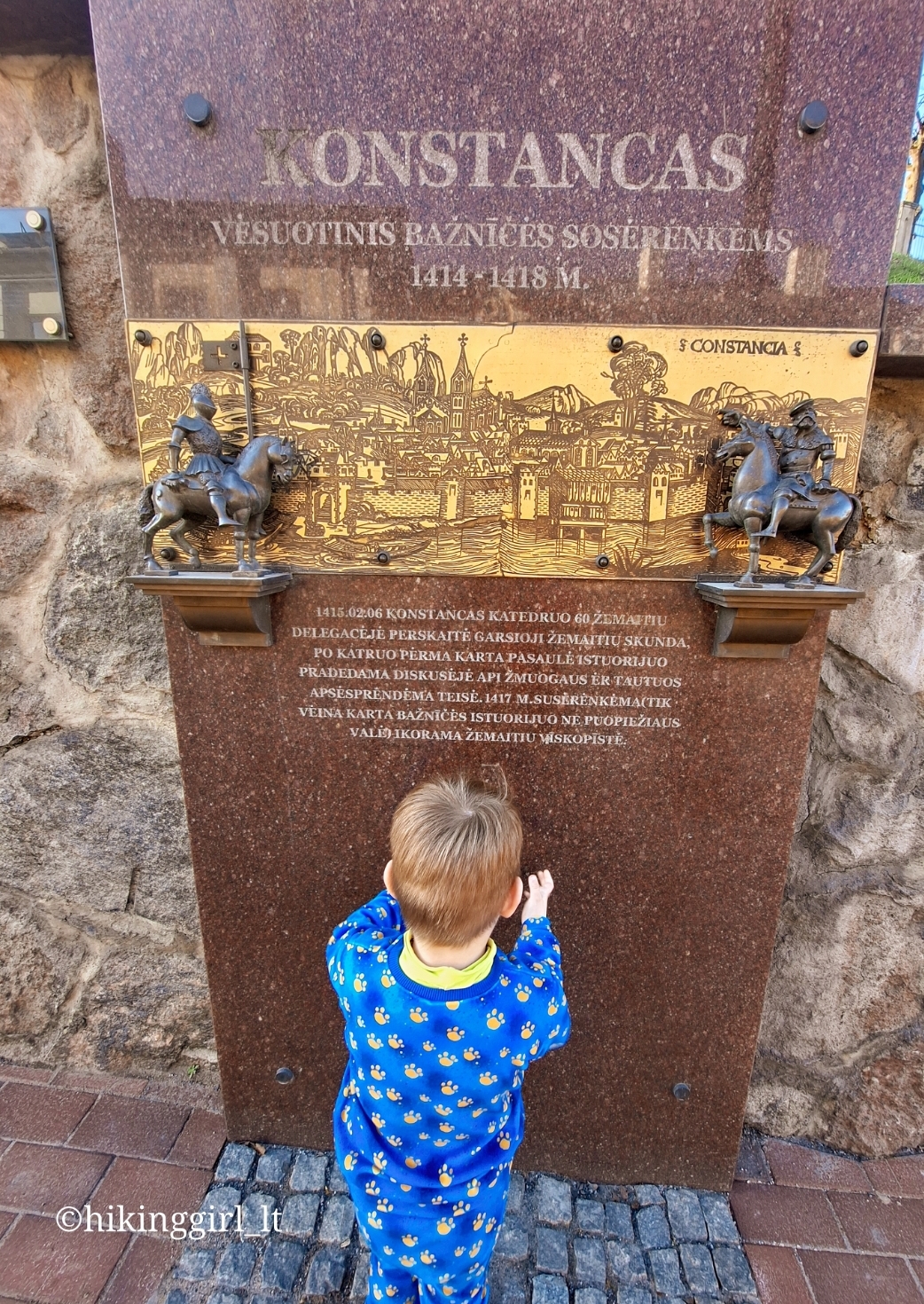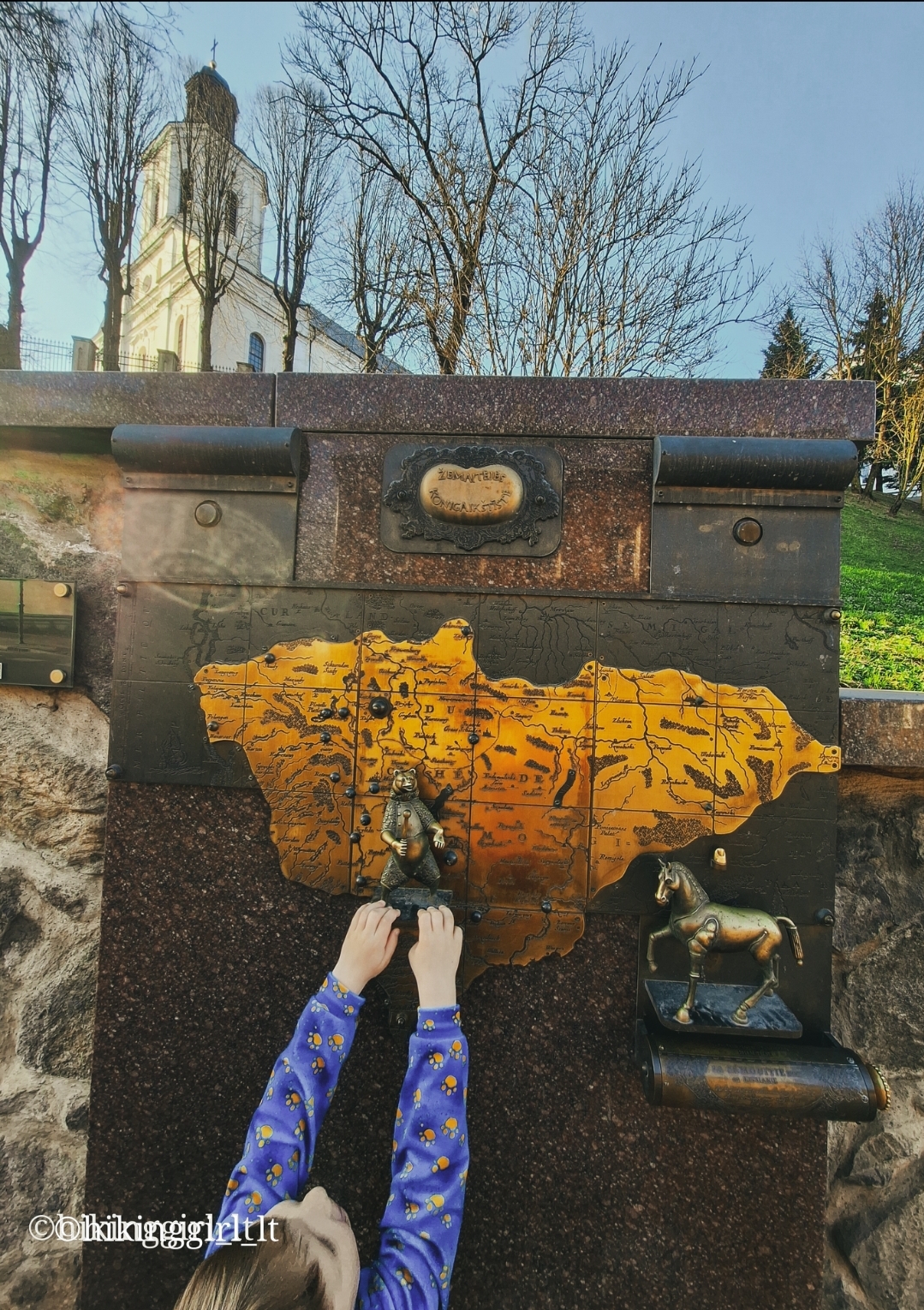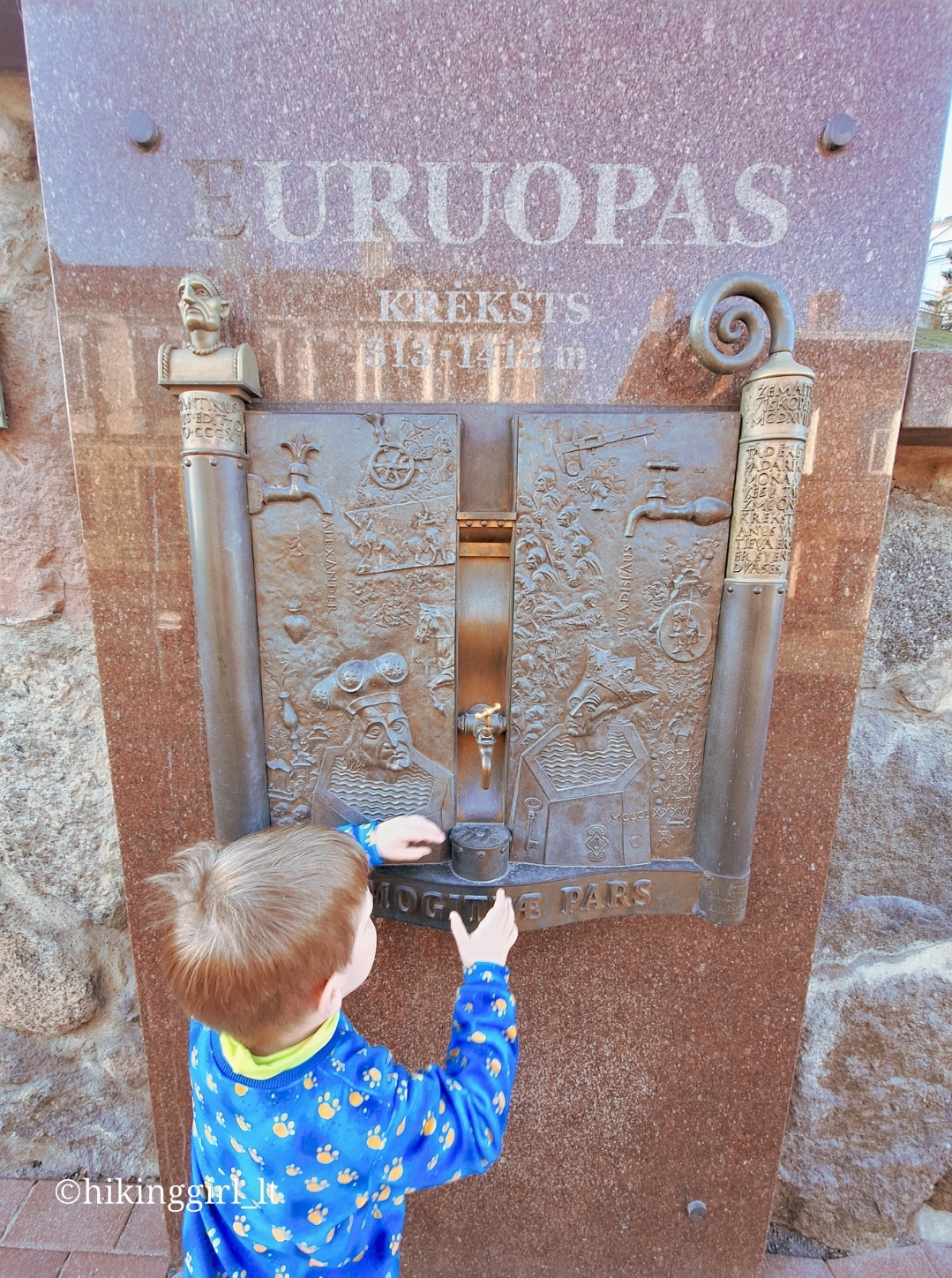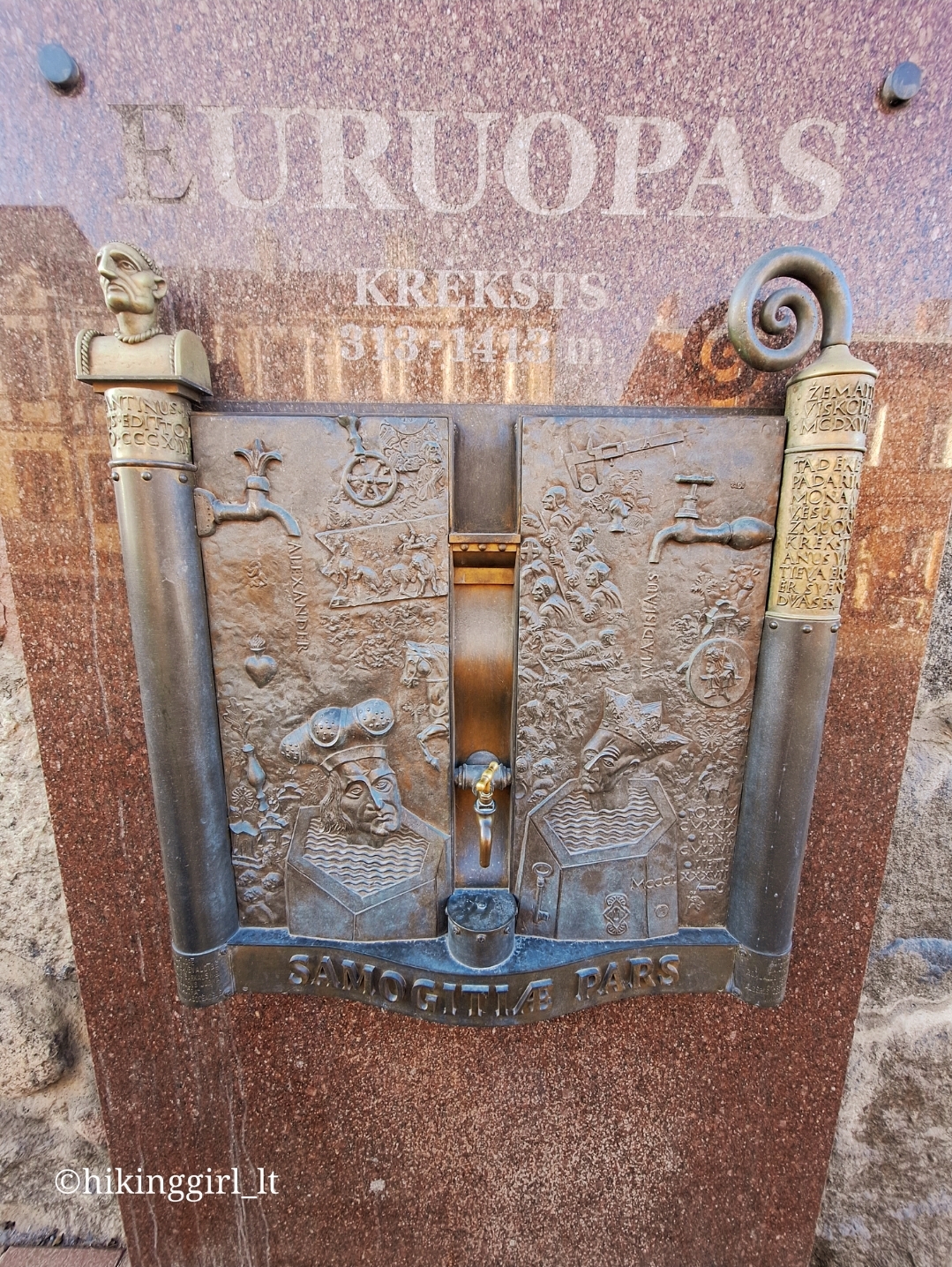The Great Samogitian Wall

373

2

1
0 out of 5
(0 reviews)
The Great Samogitian Wall is a unique landmark in the city of Telšiai, telling the story of the most significant historical events and culture of Samogitia. The wall is adorned with artistic panels dedicated to the Battle of Durbe, Samogitian struggles against the German orders, the Council of Constance, and other important dates. The newest panel, "Samogitian Words" (2022), reveals the authenticity and beauty of the Samogitian language.
Info
-

Unique places
-
Telšiai
-
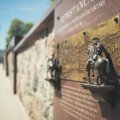
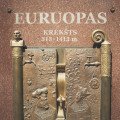
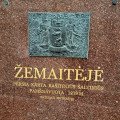
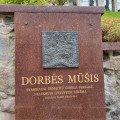
+12
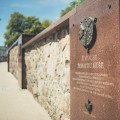
The Great Samogitian Wall is a unique symbol of history, culture, and identity, immortalizing the most prominent past of Samogitia. The concept and implementation of the wall were initiated by architect Professor Algirdas Žebrauskas, while the artistic panels were created by Professors Petras Gintalas and Romualdas Inčirauskas. It solemnly presents the key historical events of Samogitia in the city of Telšiai.
The first panel (2010) marks the first mention of Samogitia in historical sources in 1219. The second panel is dedicated to the Battle of Durbe, the most important military victory of Samogitia, which shaped the history of the Baltic region in the 13th-14th centuries. The third panel commemorates the Samogitian struggle against the German orders, which lasted nearly 200 years.
The fourth panel, "Constance,"
recalls the Ecumenical Church Council held in Constance between 1414 and 1418, where the "Complaint of the Samogitians" was read, initiating discussions on the rights of nations and people. The fifth panel, "Baptism of Europe," highlights the importance of Samogitia as the last land in Europe to accept Christianity.
The sixth panel, "The Duchy of Samogitia," depicts a historical map of Samogitia, while the seventh panel shows the privileges granted to Samogitia by the rulers in the 15th-17th centuries. The newest panel, "Samogitian Words" (2022), is engraved with unique Samogitian words expressing the beauty and authenticity of the language.
It is expected that the wall will be completed and become an important symbol of historical knowledge, civic education, and the preservation of Samogitian identity.
Found a mistake?
Report
Whats new?
Nearby attractions
Nearest museums

 Entertainment
Entertainment
 Food establishments
Food establishments





























 55.982145, 22.247379
55.982145, 22.247379
 Get directions
Get directions








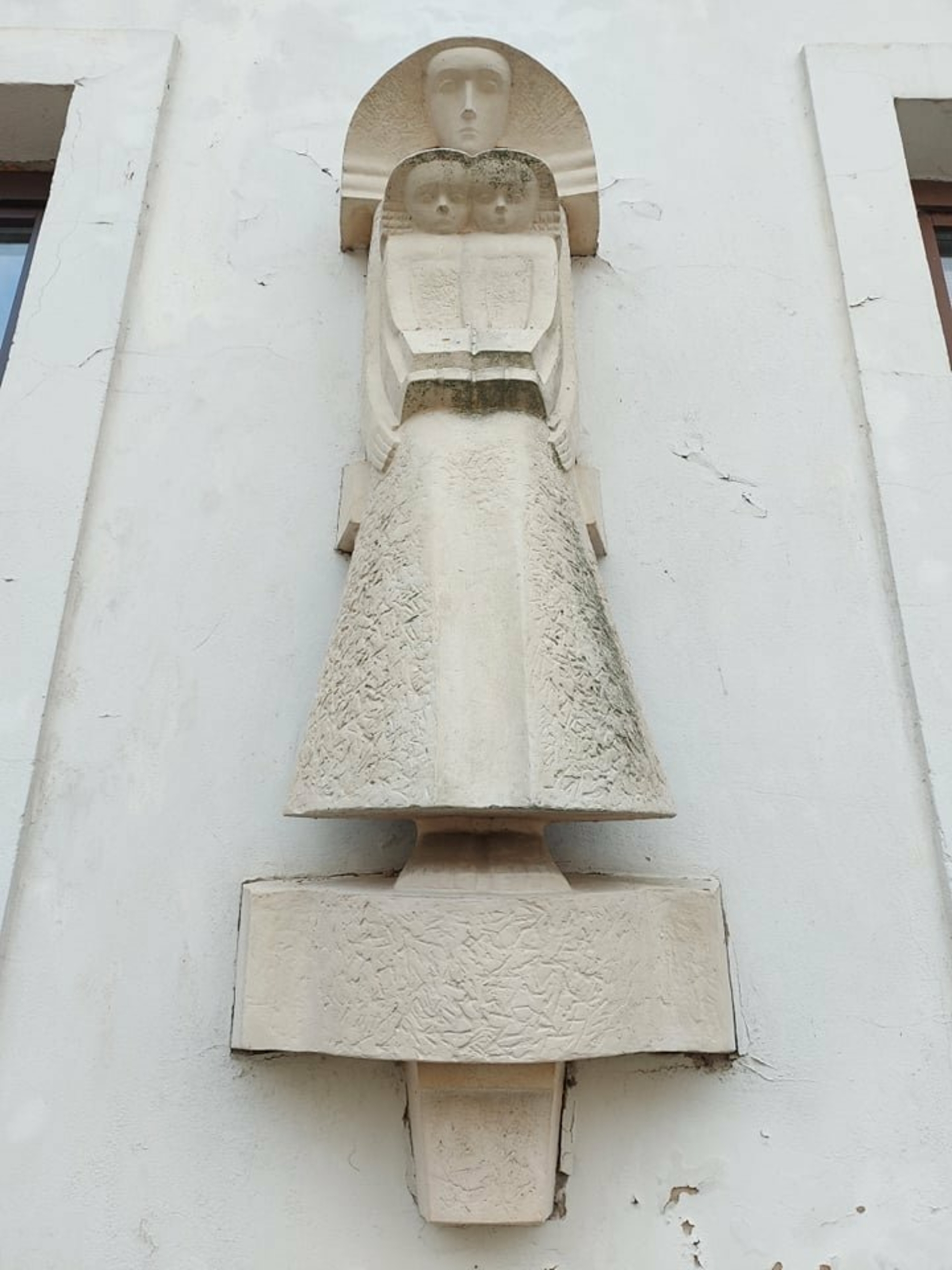

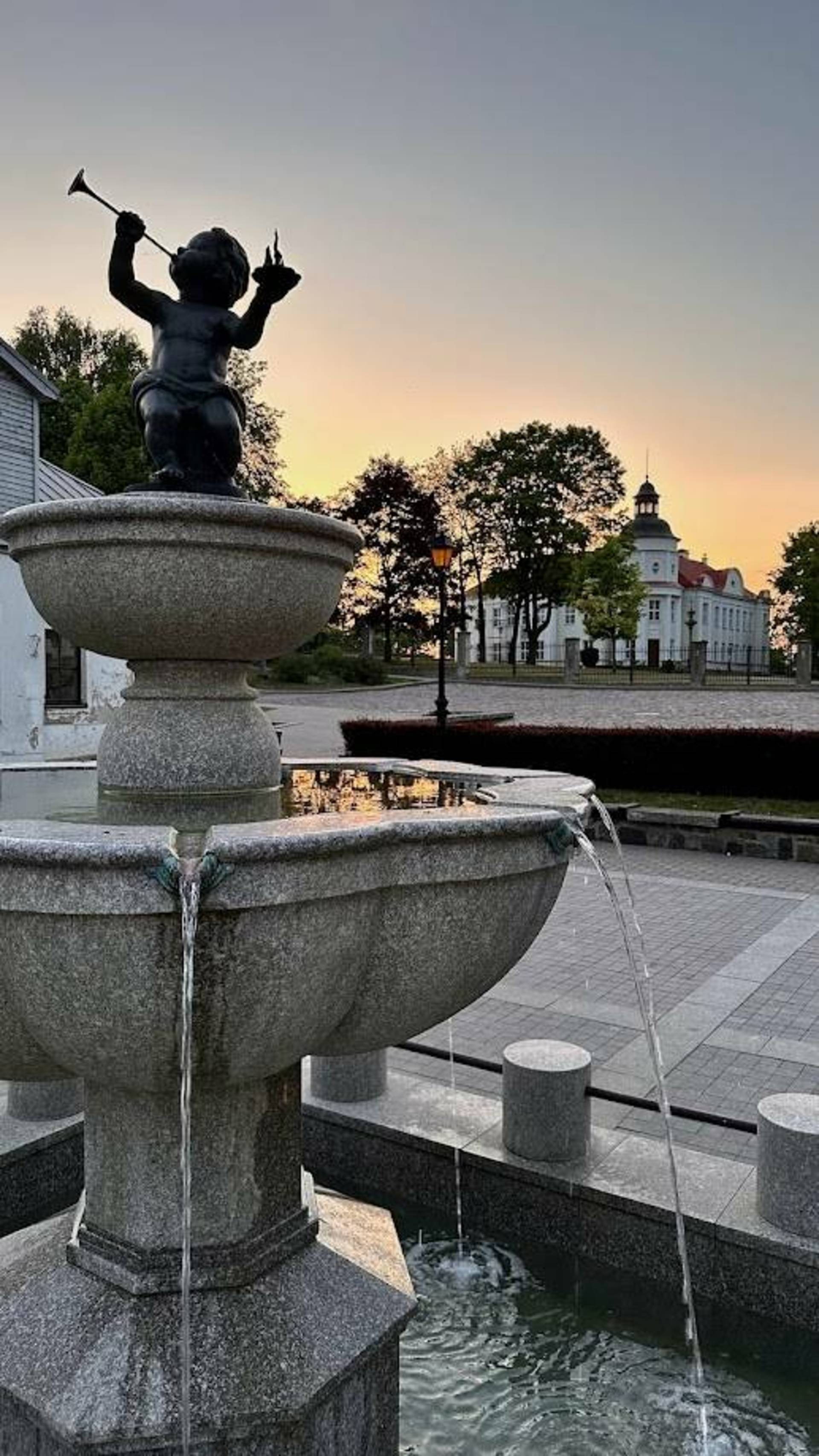
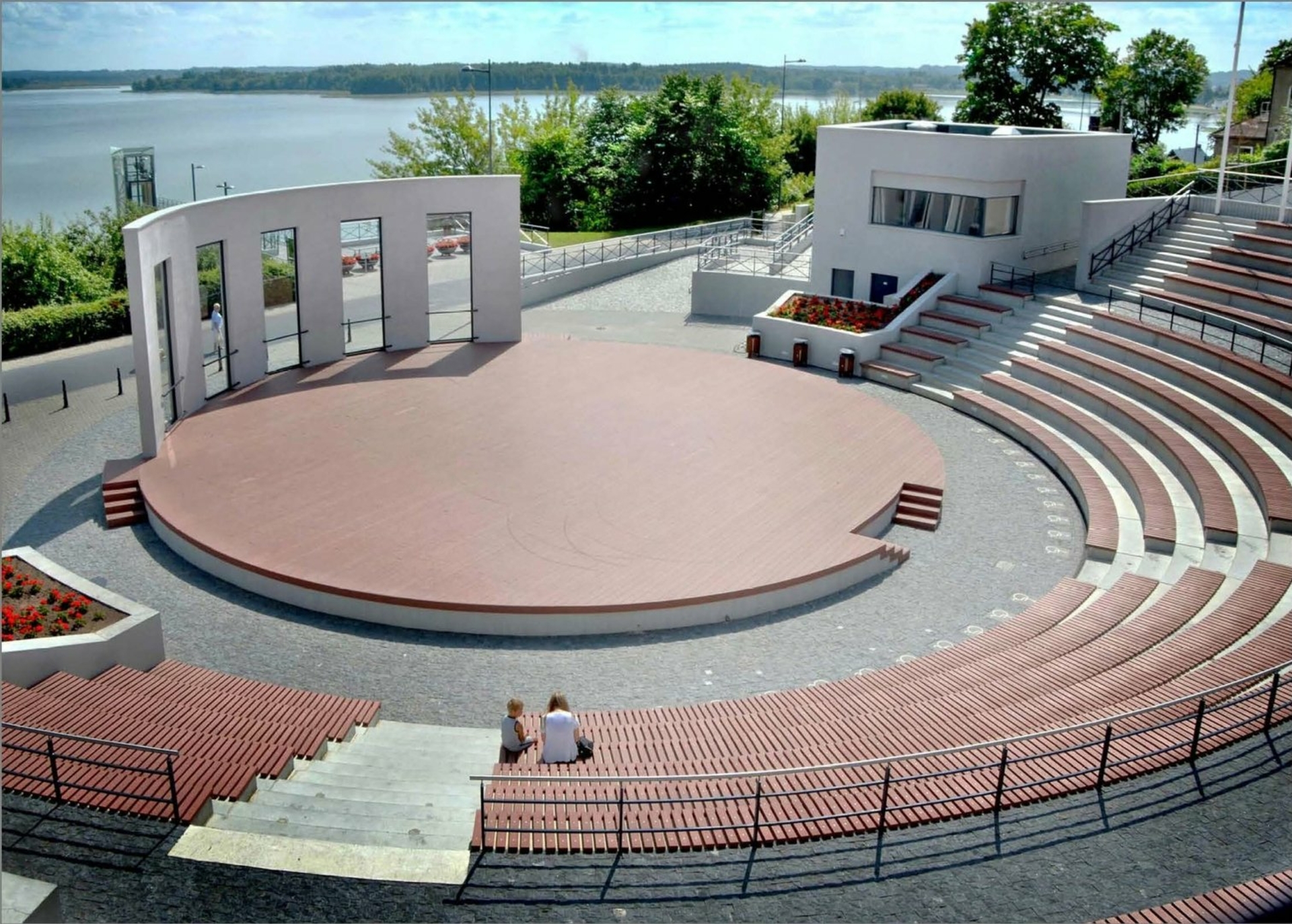
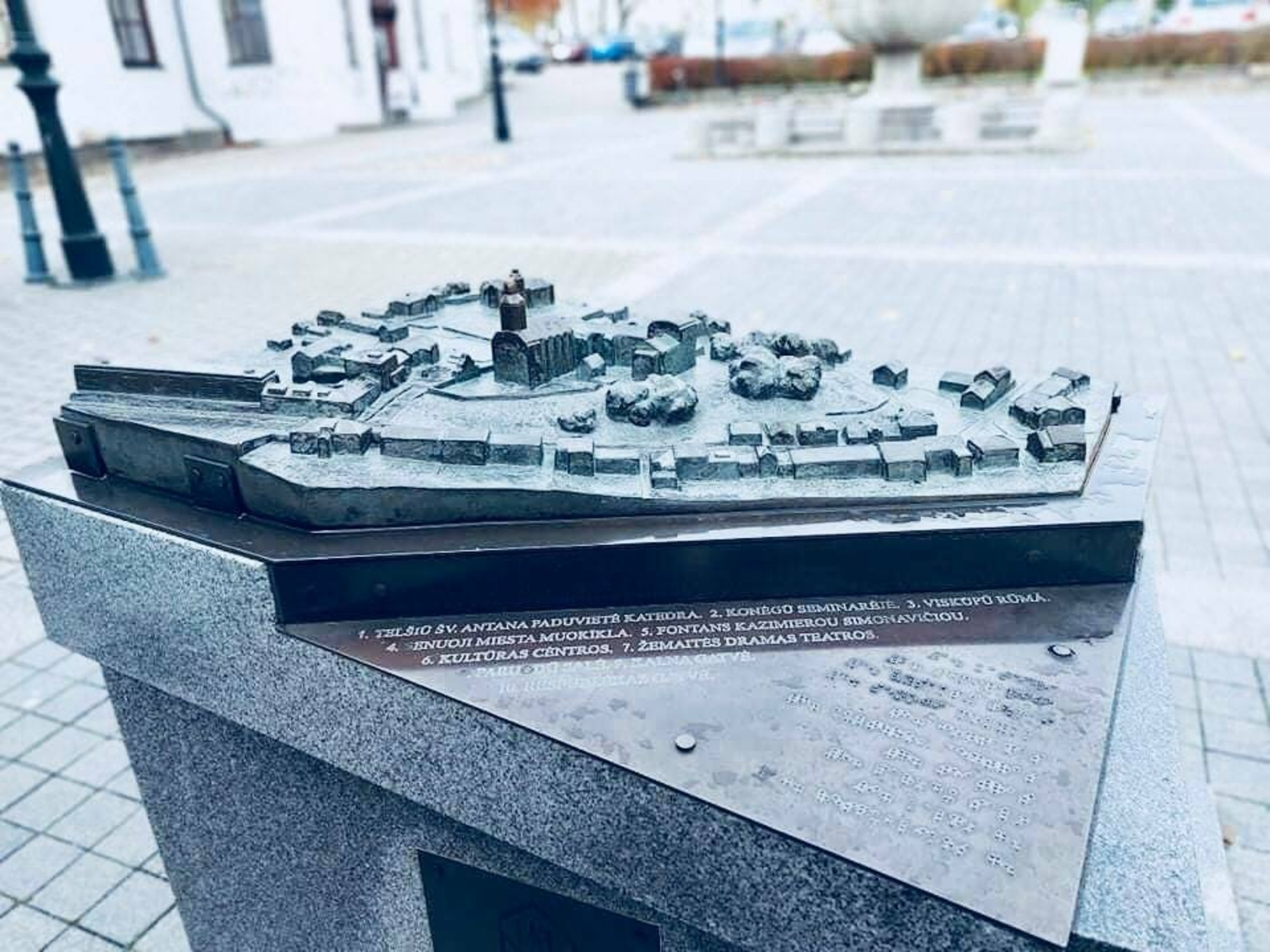
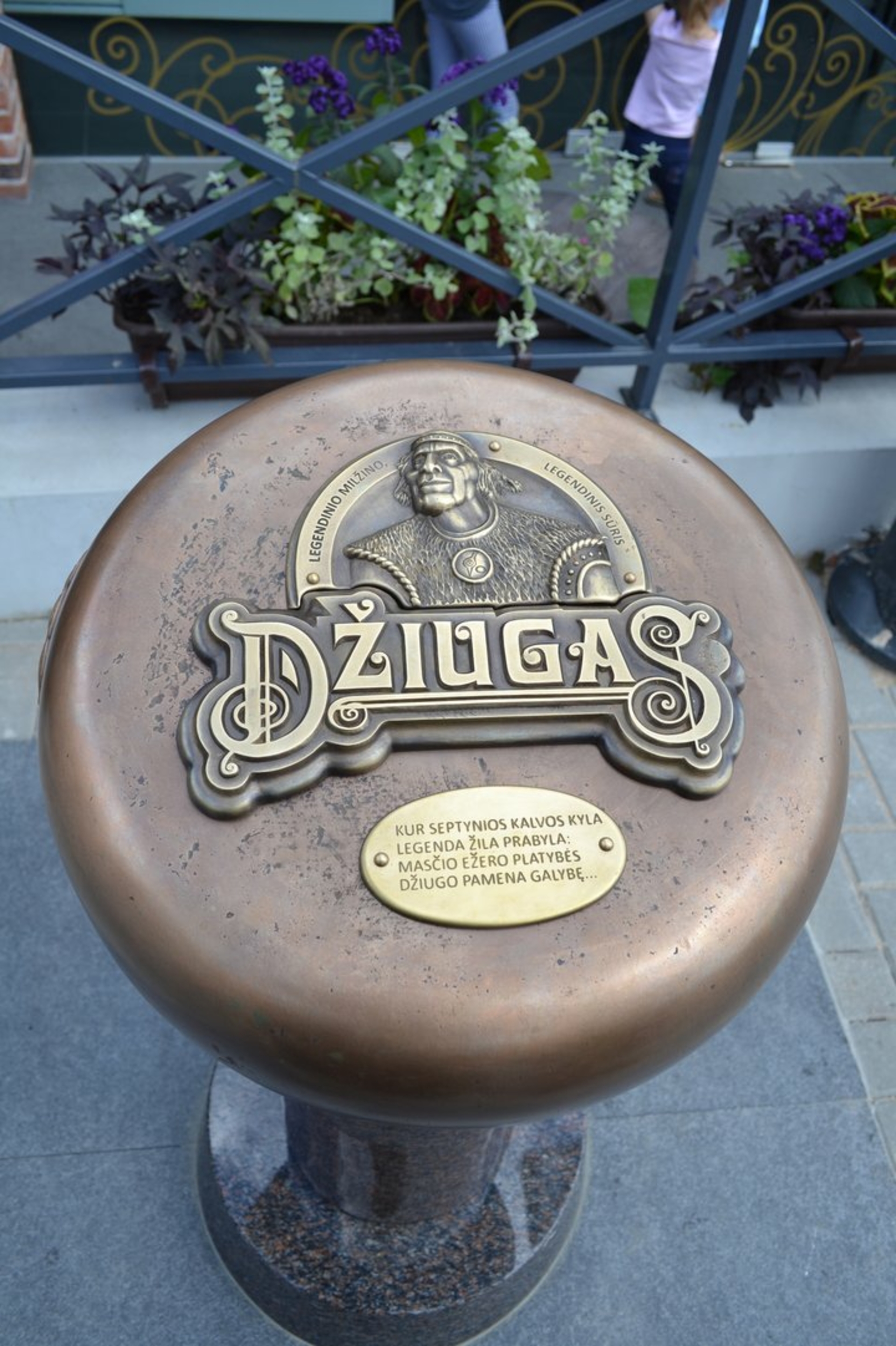
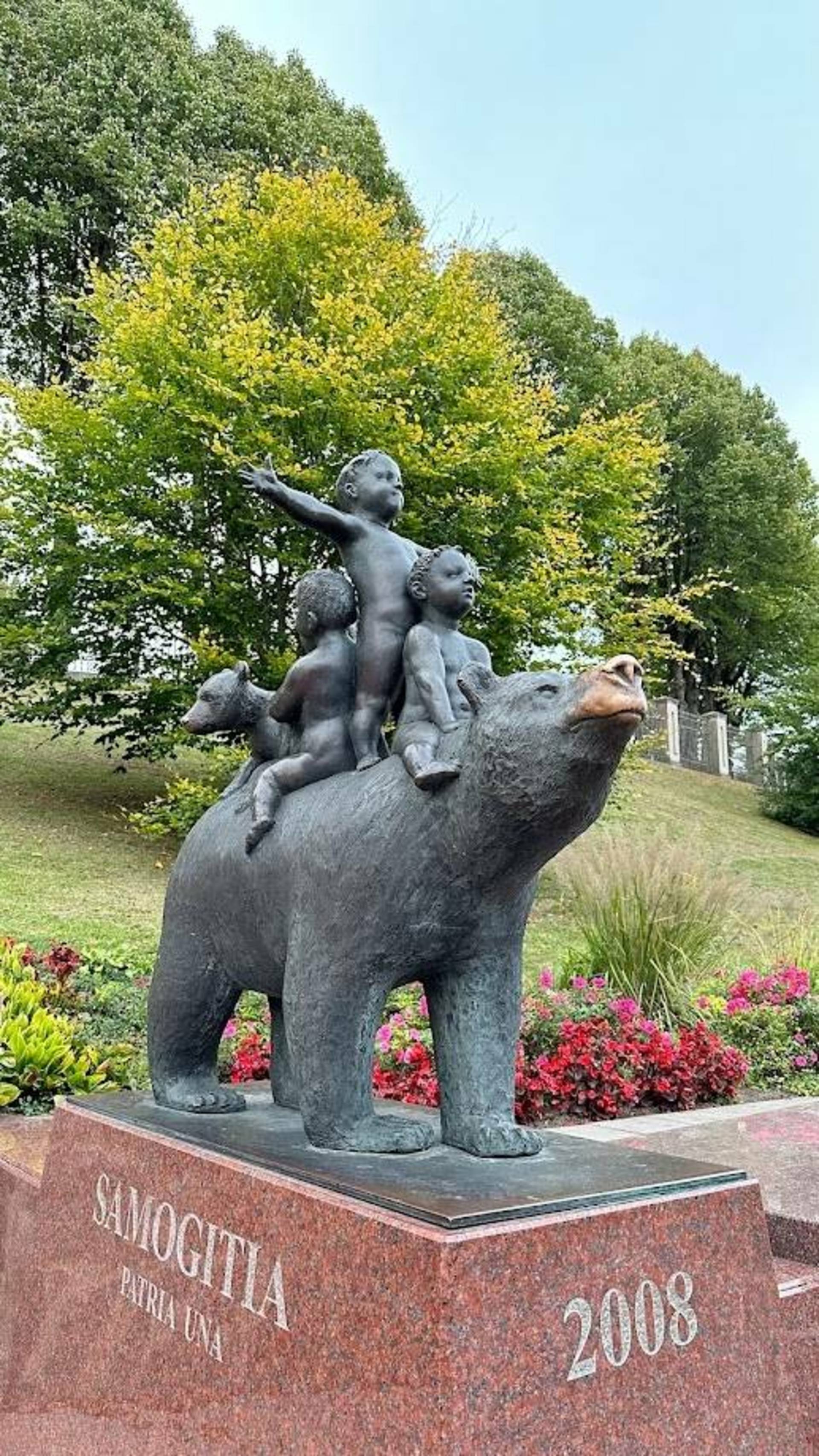
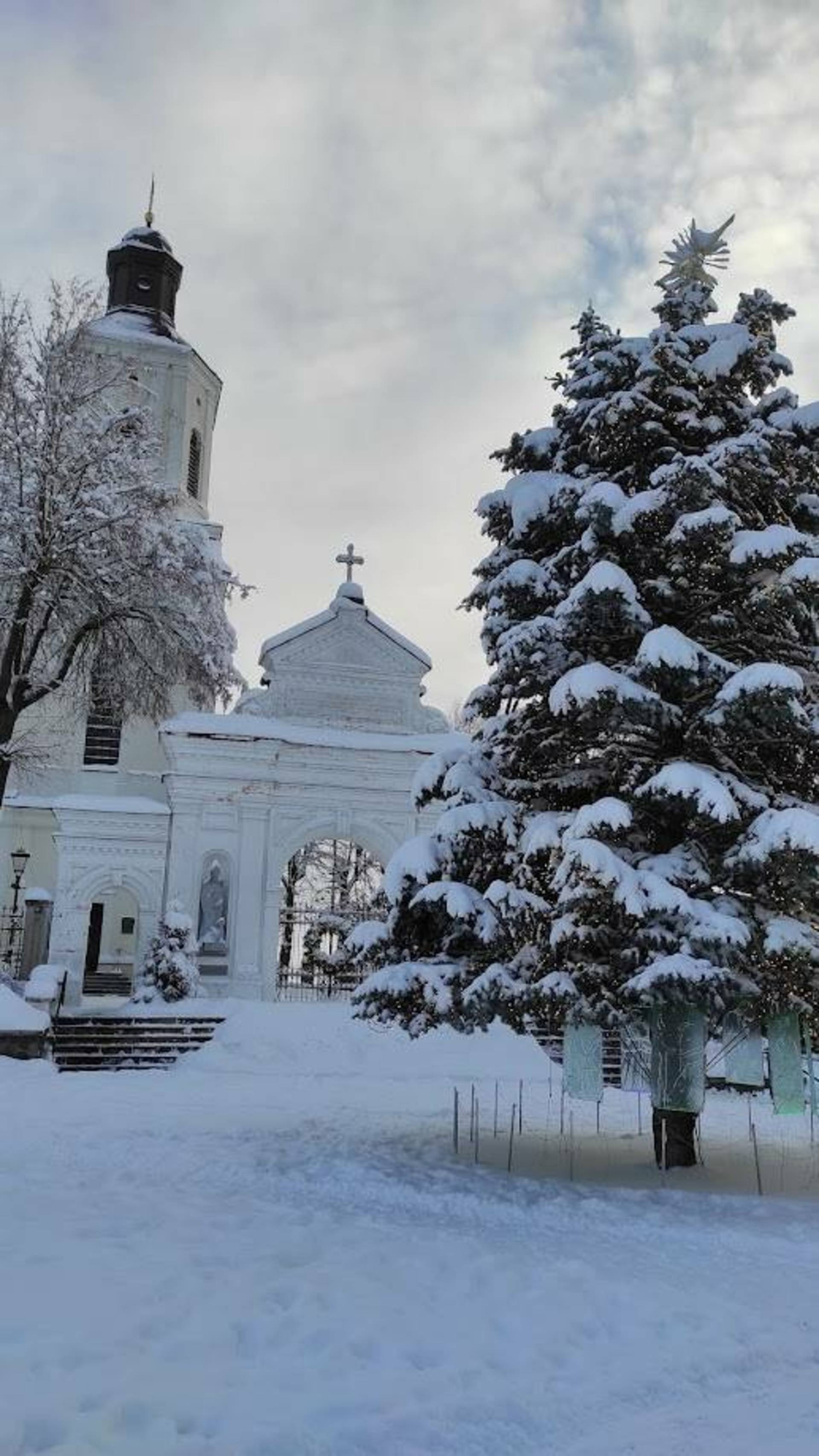
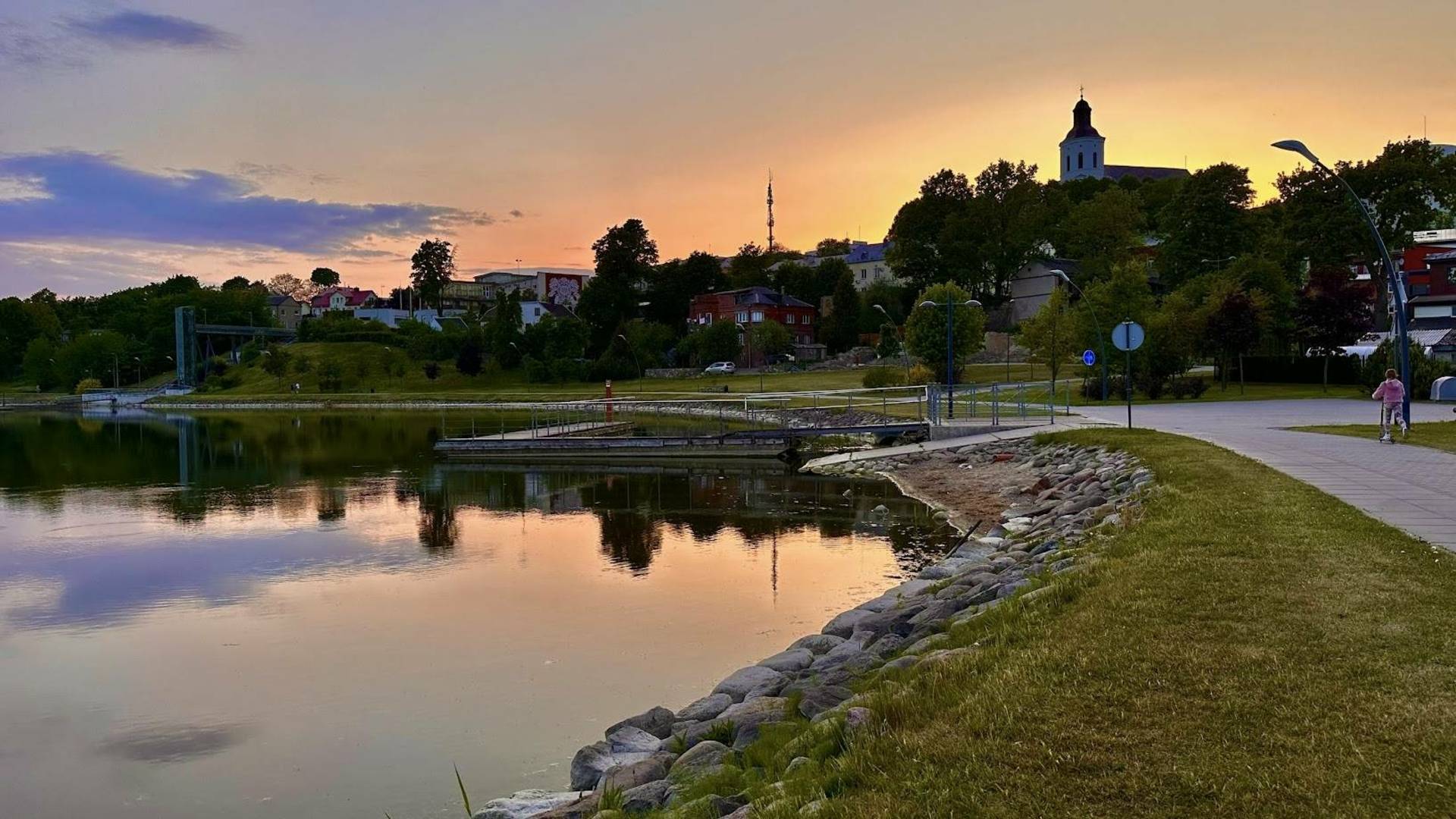
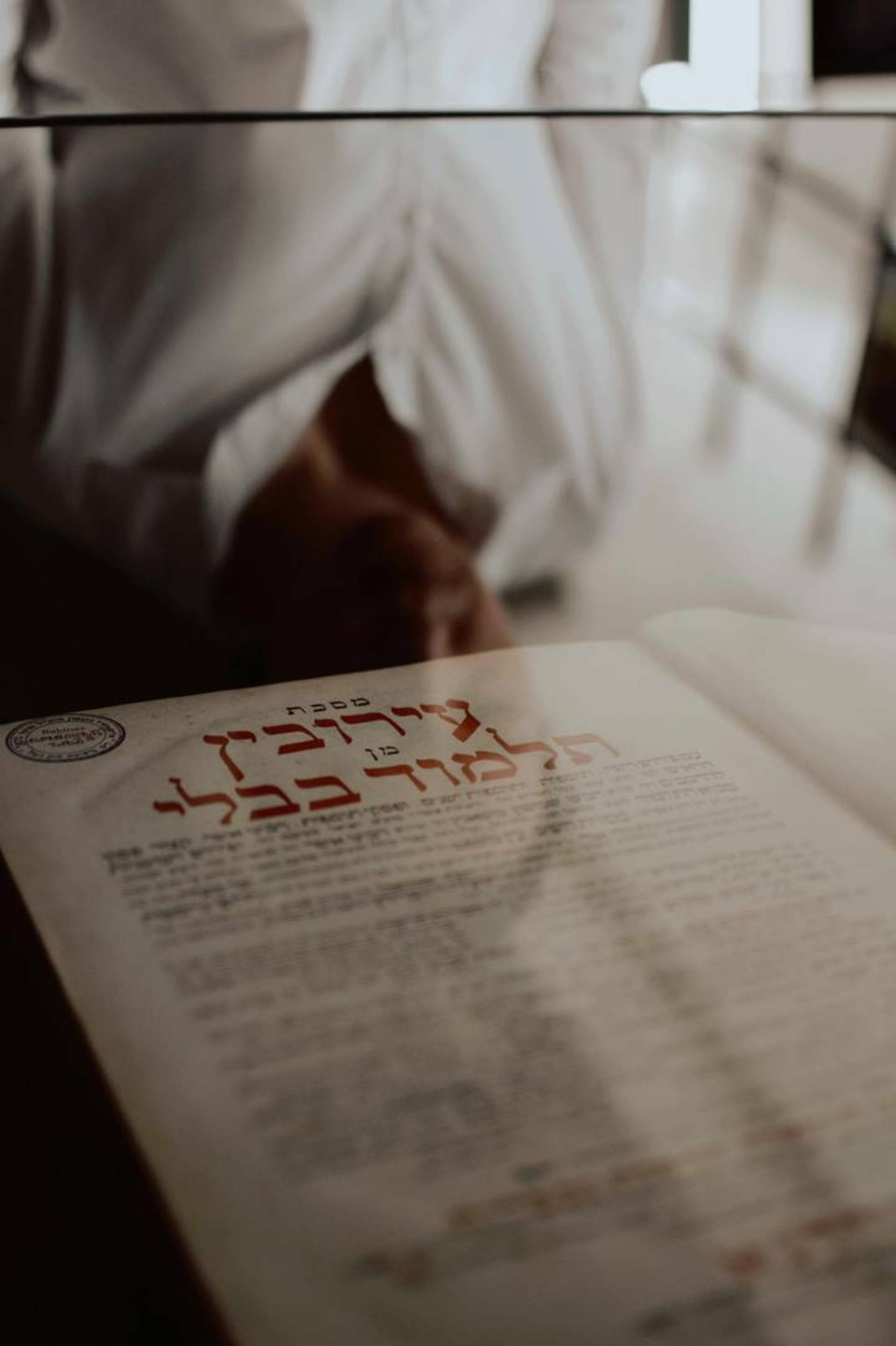
.png)

